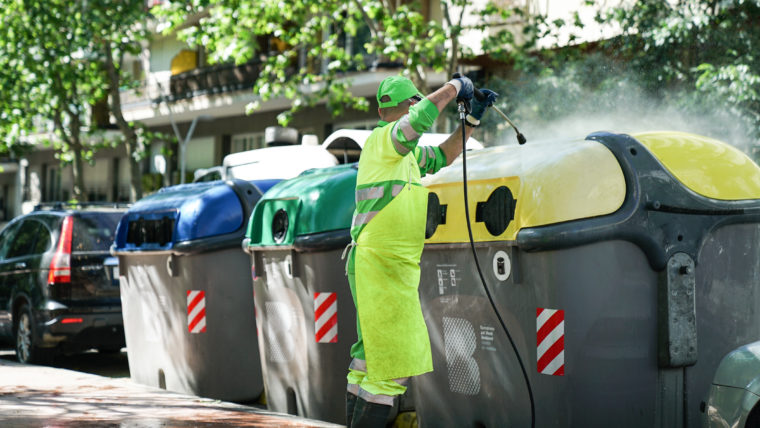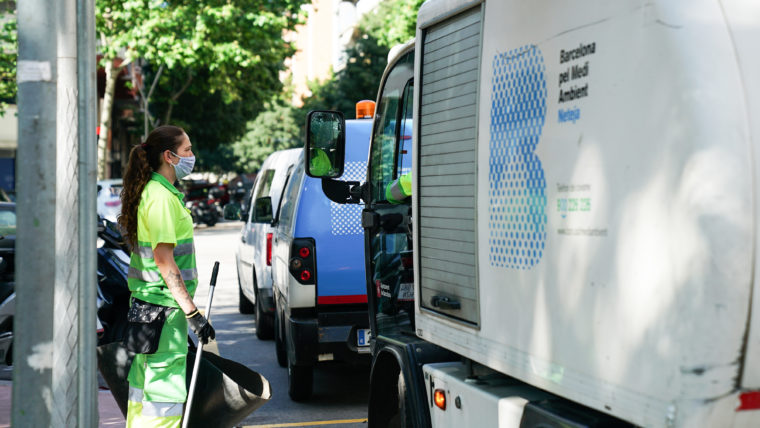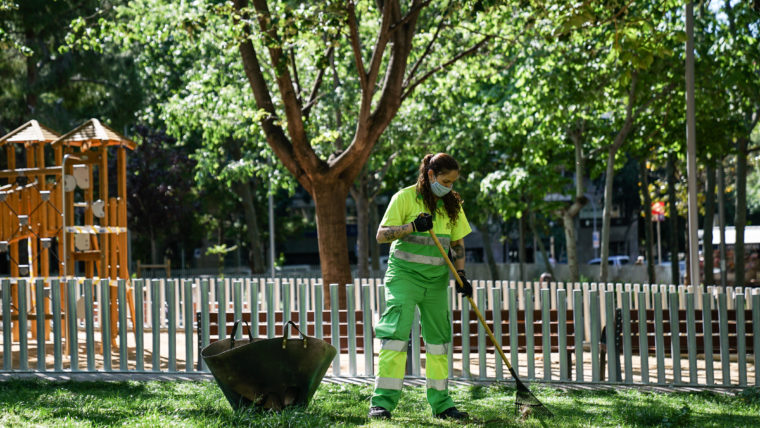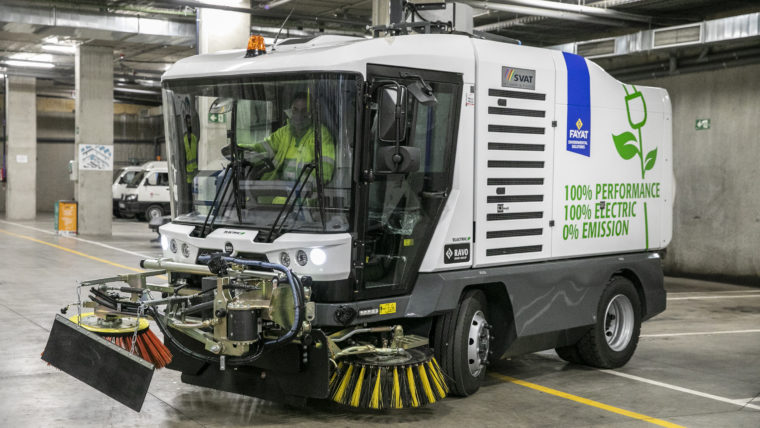Cleaning contract: more flexible and better adapted to each neighbourhood
The cleaning and waste collection service to be rolled out in the next eight years will adopt criteria on proximity and adapt to the characteristics of each neighbourhood. Changes to the service include an additional 400 workers, to bring the total to 4,400, environmental changes to the fleet of vehicles, smart technology to optimise service and citizen participation through different channels.
The new cleaning and waste collection contract is one of the biggest municipal investments and covers a period of eight years. The new service, which will be awarded in geographical lots to different companies, increases selective waste collection and street cleaning, introduces smart technology, reduces environmental impact and promotes citizen participation. The Full Council meeting for March approved the new contract and the procurement board to take on 400 more people for the service.
Selective waste collection and street cleaning
As part of the municipal zero waste strategy, selective waste collection will be stepped up with the aim of increasing the current 40% to 55% by 2025. The service will also move towards an individualised selective waste collection and the reduction of waste generated in the city. The waste collection and street cleaning service will adapt to the specific needs and uses of each neighbourhood, distinguishing between old quarters, commercial zones, mountain areas, densely populated areas and new urban formulas such as the superblocks.
The measures to increase selective waste collection are:
- An increase of 25% in the number of selective waste containers and a reduction of 17% in the number of grey general waste containers.
- More types of packaging in yellow containers: light packaging, plastics and metals.
- Grouping of the different types of waste containers: organic waste containers switched from their location next to general waste and instead positioned next to paper, glass and packing containers.
- Waste collection systems adapted to locations where automated collection is difficult, such as old quarters.
- Lower containers to improve visibility, and with different sizes.
- In the next few years, container lids with be calibrated with the waste deposited in them and user identification systems introduced for opening and closing lids.
New technologies
Besides the introduction of smart containers with user identification systems to optimise service, all units will have an automatic management system which will also provide operating data which will be constantly analysed to improve the response to different needs.
Cutting environmental impact
To cut emissions and help in the fight against climate change:
- The fleet will be renewed with vehicles which pollute less, increasing the 20% of electric vehicles to 66%.
- New vehicles and new cleaning machinery will cut noise levels connected to the service.
Citizen participation
The new technologies introduced into the cleaning service will also help towards more consistent control with local residents and commerce.
A new web app will be created for people to check details for the cleaning and waste collection service in neighbourhoods, at the same time allowing for input from citizens on how to improve the service.
Monitoring commissions will also be set up for the service in each neighbourhood, made up of local people, the district office and the area for cleaning and waste collection to assess the service, identify any needs and introduce improvements.





Tags associated with the news item
Related news
-
 Environment and sustainability
Environment and sustainability
Environment and sustainability
Environment and sustainabilityProposal to award the four parts of the new cleaning contract
25/02/2021 14:31 h







